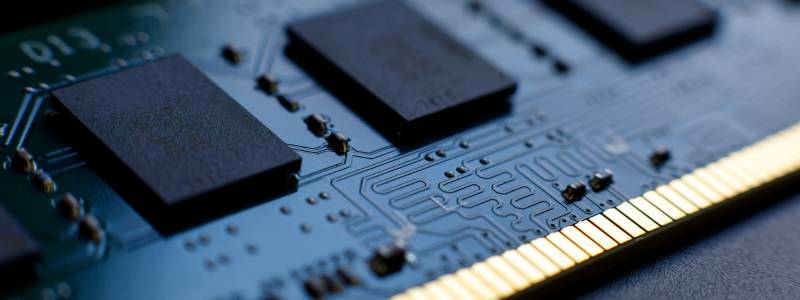Renesas, TSMC Embed Fast MRAM
Author: Bryon Moyer
Renesas and TSMC are developing embedded magnetoresistive RAM (eMRAM) technology with the goal of using it to replace embedded Flash (eFlash) and possibly SRAM on processors. Two papers presented at IEEE’s ISSCC circuit conference document their developments, but one also raises questions as to how the technology might be employed by developers if it replaces SRAM.
Renesas’s project targeted code storage, and it achieved a record read-access time. TSMC, by contrast, explored MRAM’s ability to act more like a volatile SRAM cell. Its access times were fast—read times weren’t quite as fast as Renesas’s, but write pulses were significantly shorter, leading to faster writes.
Microcontrollers (MCUs) have historically included nonvolatile memory (NVM) for code storage. That memory has been eFlash, but the clock is ticking on that technology given that it’s not likely to advance beyond the 28nm node. Microprocessors (MPUs) have higher performance and lack nonvolatile memory; they’re built on leading-edge process nodes. High-end MCUs that intersect with low-end MPUs are sometimes called crossover MCUs, and these MRAM projects target such processors so that nonvolatile memory can scale to newer nodes and, in TSMC’s case, potentially replace some SRAM.
Embedded MRAM is an emerging memory technology that’s farther along in development than resistive RAM (RRAM) and others, and it’s starting to appear in more chips. Ambiq introduced an automotive MCU with MRAM last year, and NXP is working with TSMC on a 16 nm FinFET version. But MRAM’s characteristics depend strongly on the bit-cell design, and it can be configured with fast byte-addressable read and write access to approach SRAM’s performance or with long data retention if the goal is nonvolatility.










